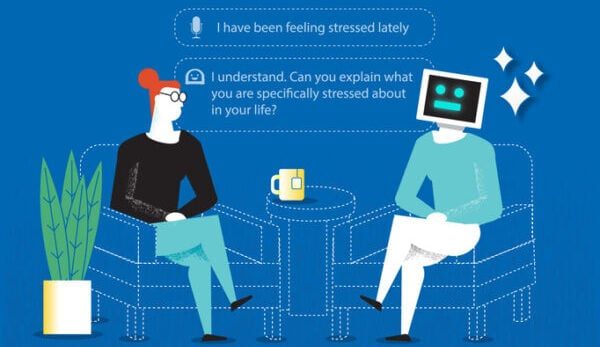By Stephanie Lopez-Duke
As reported in the journal Science Advances, the findings create a foundation for a new area of investigation, fueled by the timely impact of environmental factors on human biology.
“Parkinson’s disease has been called the fastest growing neurological disorder in the world,” says principal investigator Andrew West, professor in the pharmacology and cancer biology department at Duke University School of Medicine. “Numerous lines of data suggest environmental factors might play a prominent role in Parkinson’s disease, but such factors have for the most part not been identified.”
Improperly disposed plastics have been shown to break into very small pieces and accumulate in water and food supplies, and were found in the blood of most adults in a recent study.
“Our study suggests that the emergence of micro and nanoplastics in the environment might represent a new toxin challenge with respect to Parkinson’s disease risk and progression,” West says. “This is especially concerning given the predicted increase in concentrations of these contaminants in our water and food supplies.”
West and colleagues found that nanoparticles of the plastic polystyrene—typically found in single use items such as disposable drinking cups and cutlery—attract the accumulation of the protein known as alpha-synuclein.
The study’s most surprising findings, West says, are the tight bonds formed between the plastic and the protein within the area of the neuron where these accumulations are congregating, the lysosome.
Researchers say the plastic-protein accumulations happened across three different models performed in the study—in test tubes, cultured neurons, and mouse models of Parkinson’s disease.
West says questions remain about how such interactions might be happening within humans and whether the type of plastic might play a role.
“While microplastic and nanoplastic contaminants are being closely evaluated for their potential impact in cancer and autoimmune diseases, the striking nature of the interactions we could observe in our models suggest a need for evaluating increasing nanoplastic contaminants on Parkinson’s disease and dementia risk and progression,” West says.
“The technology needed to monitor nanoplastics is still at the earliest possible stages and not ready yet to answer all the questions we have,” he says.
“But hopefully efforts in this area will increase rapidly, as we see what these particles can do in our models. If we know what to look out for, we can take the necessary steps to protect ourselves, without compromising all the benefits we reap every day from plastics.”
Additional coauthors are from Duke and Trinity College of Arts and Sciences. The Michael J. Fox Foundation for Parkinson’s Research and the Aligning Science Across Parkinson’s initiative funded the work.
Source: Duke University
Original Study DOI: 10.1126/sciadv.adi8716
—
This post was previously published on FUTURITY.ORG and is republished here under a Creative Commons license.
***
From The Good Men Project on Medium
 What Does Being in Love and Loving Someone Really Mean?
What Does Being in Love and Loving Someone Really Mean?  My 9-Year-Old Accidentally Explained Why His Mom Divorced Me
My 9-Year-Old Accidentally Explained Why His Mom Divorced Me  The One Thing Men Want More Than Sex
The One Thing Men Want More Than Sex  The Internal Struggle Men Battle in Silence
The Internal Struggle Men Battle in Silence Join The Good Men Project as a Premium Member today.
All Premium Members get to view The Good Men Project with NO ADS.
A $50 annual membership gives you an all access pass. You can be a part of every call, group, class and community.
A $25 annual membership gives you access to one class, one Social Interest group and our online communities.
A $12 annual membership gives you access to our Friday calls with the publisher, our online community.
Register New Account
Log in if you wish to renew an existing subscription.
Username
First Name
Last Name
Password
Password Again
Choose your subscription level
- Yearly - $50.00 - 1 Year
- Monthly - $6.99 - 1 Month
Credit / Debit Card PayPal Choose Your Payment Method
Auto Renew
Subscribe to The Good Men Project Daily Newsletter By completing this registration form, you are also agreeing to our Terms of Service which can be found here.Need more info? A complete list of benefits is here.
—
Photo credit: iStock.com
The post Team Calls for Research on Potential Nanoplastic, Parkinson’s Link appeared first on The Good Men Project.
Original Article










